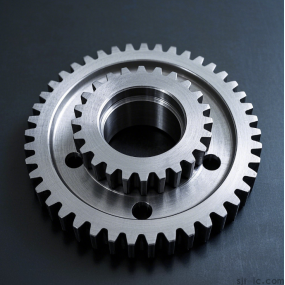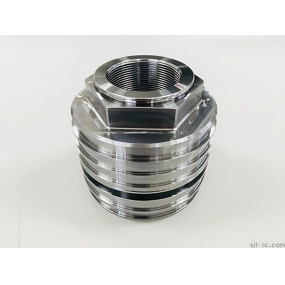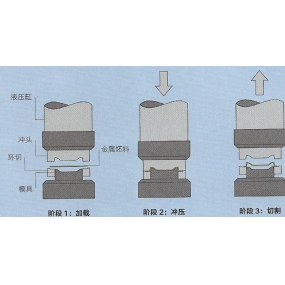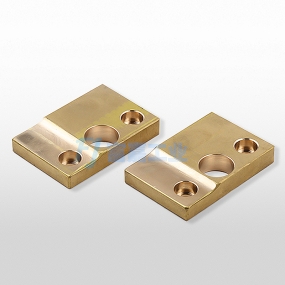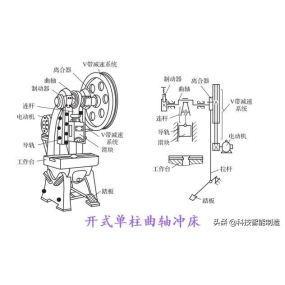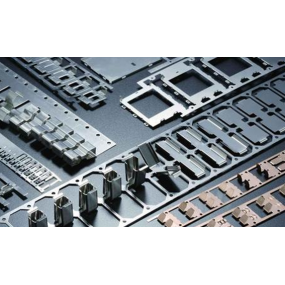Hello everyone! Today, let’s talk about matters related to worm gear CNC Machining and sales~ Many people feel troubled when looking for suppliers: which manufacturer is really good at worm gear CNC machining? And what details should be paid attention to in small-module worm gear machining? Don’t worry, let’s break it down step by step! 😊
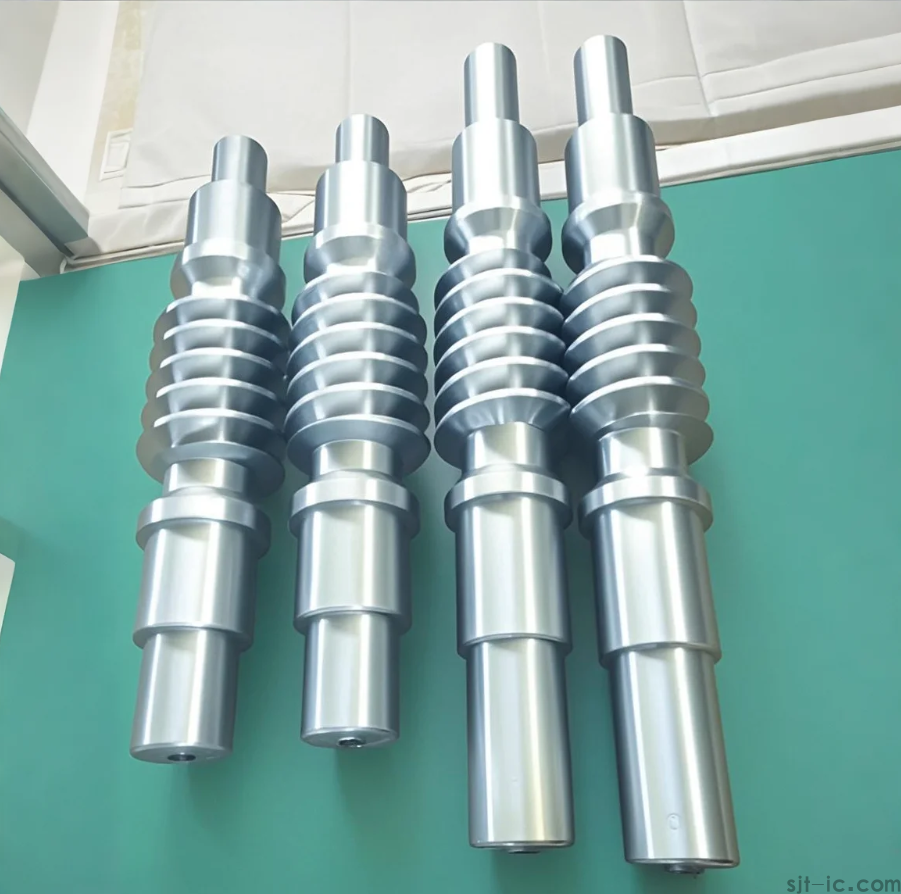
🔍 1. What Makes a "Small"-Module Worm Gear "Small"?
Small-module worm gears generally refer to precision components with a module of less than 1mm. They are often used in micro-transmission systems, such as medical devices, UAV gimbals, and precision instruments. Their core characteristics are high precision requirements (tolerances are usually controlled within ±0.02mm) and high tooth profile complexity. Ordinary machine tools are barely capable of machining them; high-precision CNC equipment is a must.
Why is small-module worm gear machining difficult?
- Tool wear: The tooth grooves of small-module worm gears are narrow, so tools need to be made of more wear-resistant materials (such as cemented carbide or coated tools). Otherwise, frequent tool changes will affect efficiency.
- Difficulty in controlling thermal deformation: Even minor temperature changes during the cutting process may cause dimensional deviations, especially for materials like stainless steel or copper.
- High inspection requirements: Optical projectors or coordinate measuring machines (CMMs) are required to verify the tooth profile and lead; it is almost impossible to judge errors with the naked eye.
🛠️ 2. Core Technical Points for CNC Machining of Small-Module Worm Gears
To successfully machine small-module worm gears, these technical aspects must be mastered! In my opinion, tool path optimization and cooling methods are the most easily overlooked~
1. Tool Selection and Workpiece Clamping
- Tool material: Prioritize cemented carbide or CBN (cubic boron nitride) tools, as they offer better wear resistance and thermal stability. For rough turning, use tools with a positive rake angle to reduce cutting force; for finish turning, use tools with a zero rake angle to ensure surface finish.
- Clamping method: It is recommended to use the "one chuck and one center" method or spring collets to avoid workpiece vibration that may cause tool deflection.
2. Programming and Parameter Setting
- Cutting parameters: For small-module worm gears, the cutting speed is recommended to be controlled between 80-120m/min, the feed rate between 0.05-0.1mm/rev, and the depth of cut should be as small as possible (usually 0.1-0.3mm).
- Program instructions: Make extensive use of the G76 compound cycle instruction for automatic tool indexing, which reduces errors caused by manual intervention.
3. Quality Control and Inspection
- Tooth thickness measurement: Regularly spot-check the tooth thickness with a gear micrometer or optical instrument to avoid batch scrapping of workpieces.
- Surface treatment: After finish turning, additional polishing or lapping processes can be added to reduce the surface roughness Ra value (targeting below 0.8μm).
❓ 3. FAQ: Common Questions and Answers
Q: What should beginners prioritize when choosing a machining factory?
A: In my view, equipment precision and project experience are more important than price! Many small factories modify ordinary lathes into CNC machines, which simply cannot meet the required precision. Be sure to check if the manufacturer has equipment such as 5-axis CNC machines and Swiss-type lathes, and ask for samples of small-module worm gears they have produced in the past.
Q: Which is more difficult to machine: stainless steel worm gears or copper worm gears?
A: Stainless steel ones are harder! Stainless steel has high toughness and poor thermal conductivity, making it prone to tool adhesion and work hardening. During machining, sharp tools must be used and cooling must be enhanced (oil-based cutting fluids are recommended). Copper, on the other hand, has good machinability but is easy to scratch, so attention must be paid to surface protection.
💡 Exclusive Insight: Future Trends of Small-Module Worm Gears
With the boom in micro-robots and AR devices, the demand for small-module worm gears will grow increasingly! However, traditional machining methods may be replaced by "3D printing + CNC finishing" — first print the worm gear blank, then use CNC for precision machining of the tooth profile. This method can save 30% of material costs 🤑. Nevertheless, CNC machining remains the mainstream for now. It is recommended that manufacturers stock up on small-diameter tools and high-precision probes to lay the groundwork for entering the ultra-precision market in advance!
Finally, a reminder: When looking for a supplier, be sure to place a prototype order for testing. Don’t just focus on certificates and quotations! Hope this article helps you. Feel free to leave a message if you have any questions~


 Spanish
Spanish Arabic
Arabic French
French Portuguese
Portuguese Belarusian
Belarusian Japanese
Japanese Russian
Russian Malay
Malay Icelandic
Icelandic Bulgarian
Bulgarian Azerbaijani
Azerbaijani Estonian
Estonian Irish
Irish Polish
Polish Persian
Persian Boolean
Boolean Danish
Danish German
German Filipino
Filipino Finnish
Finnish Korean
Korean Dutch
Dutch Galician
Galician Catalan
Catalan Czech
Czech Croatian
Croatian Latin
Latin Latvian
Latvian Romanian
Romanian Maltese
Maltese Macedonian
Macedonian Norwegian
Norwegian Swedish
Swedish Serbian
Serbian Slovak
Slovak Slovenian
Slovenian Swahili
Swahili Thai
Thai Turkish
Turkish Welsh
Welsh Urdu
Urdu Ukrainian
Ukrainian Greek
Greek Hungarian
Hungarian Italian
Italian Yiddish
Yiddish Indonesian
Indonesian Vietnamese
Vietnamese Haitian Creole
Haitian Creole Spanish Basque
Spanish Basque


